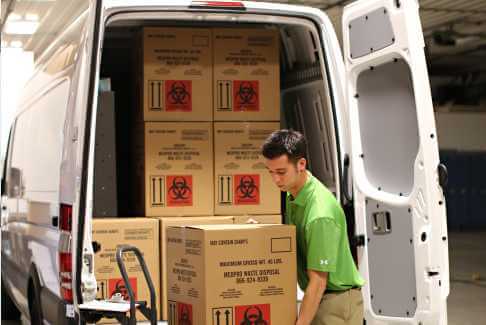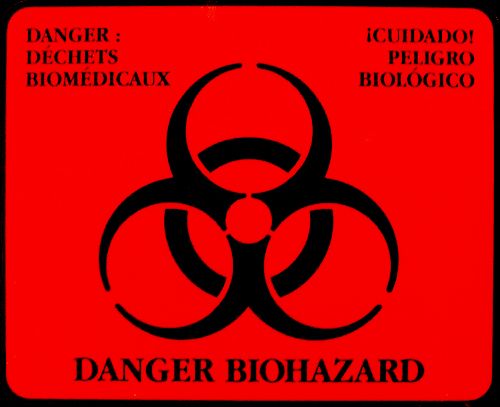Biohazard Waste, Defined
Biohazard waste is generally defined as any waste contaminated with potentially infectious agents or materials that may pose a threat to public health or the environment. Biohazardous waste includes:
- Medical waste
- Sharps
- Other Biohazardous Substances
However, medical waste disposal is more specifically concerned with managing and removing waste that is generated in a lab or clinical setting to ensure compliance and protect both healthcare workers and the public from exposure.
How is Biohazard Waste Generated?
According to the World Health Organization, of all waste generated by healthcare activities, 85% is general, non-hazardous waste but the remaining 15% is hazardous and may be infectious, toxic, or radioactive. Biohazard waste, also known as “Bio-waste” or “Biomedical Waste” is generated by:
- Healthcare Facilities (hospitals, clinics, nursing homes, physician offices, dentist offices, home health care facilities)
- Medical Research Laboratories / Centers (including animal research & testing laboratories and schools & universities)
- Mortuary & Autopsy Centers and Funeral Homes
- Blood Banks and Collection Services
- Jails and Prisons
- Casinos
- Veterinarian Offices, Animal Shelters, and Animal Hospitals
In addition to medical and biohazardous materials, pharmaceutical waste disposal also plays a critical role in ensuring that expired, unused, or contaminated medications are managed responsibly to prevent environmental contamination and public health risks.
Biohazard waste can also be present at the scene of a violent crime, industrial accident, trauma, or suicide. [i] [ii]
Contact Us for More Information or Give us a Call
for a Fast Free Quote: 1-888-641-6131
Reasons to Choose Us for Disposal of Biohazard Waste
Biohazard waste is often infectious, and infectious waste often contains a wide variety of pathogenic microorganisms. These pathogens can spread diseases such as Hepatitis B, Hepatitis C, HIV, and more. Healthcare waste may also contain bacteria that are resistant to antibiotics.
Therefore, it is important for healthcare facilities to take caution while handling biohazardous material and that only trained personnel handle and transcript this type of waste for disposal.
Additionally, there are important biomedical waste disposal guidelines you must follow. Biohazard disposal is not something you should take lightly.
As it is important to carefully follow stringent best-practices and meeting compliance regulations surrounding biohazard waste management and disposal, most hospitals and medical establishments choose to contract out their waste disposal with biomedical waste solutions from organizations such as MedPro Disposal.

MedPro Disposal Can Help You
Manage & Dispose of Your Bio Waste
For additional information about how we can help you with your biohazard waste management and disposal needs, please refer to the many resources available on our site or ask about our OSHA Compliance Training services.
Find out how much you can save instantly.
Try our on-line savings calculator.
References
- Hazard Awareness and Management Manual (HAMM): VI. Hazardous Waste Directory: 8.0 Biohazardous Waste. Fred Hutchinson Cancer Research Center. Retrieved from https://extranet.fhcrc.org/EN/sections/ehs/hamm/chap6/section8.html.
- (November 2015). Media Centre: Fact sheets: Health-care waste. World Health Organization. Retrieved from http://www.who.int/mediacentre/factsheets/fs253/en/.
- U.S. Congress, Office of Technology Assessment. (September 1990). Finding the Rx for Managing Medical Wastes. (OTA-O-459). Washington, DC: USGPO.
- Safe management of wastes from health-care activities: 7 – Handling, storage, and transportation of health-care waste. World Health Organization. Retrieved from WHO.
*The materials available at this website are for informational purposes only and not for the purpose of providing any State or Federal Guidelines or any legal advice.








